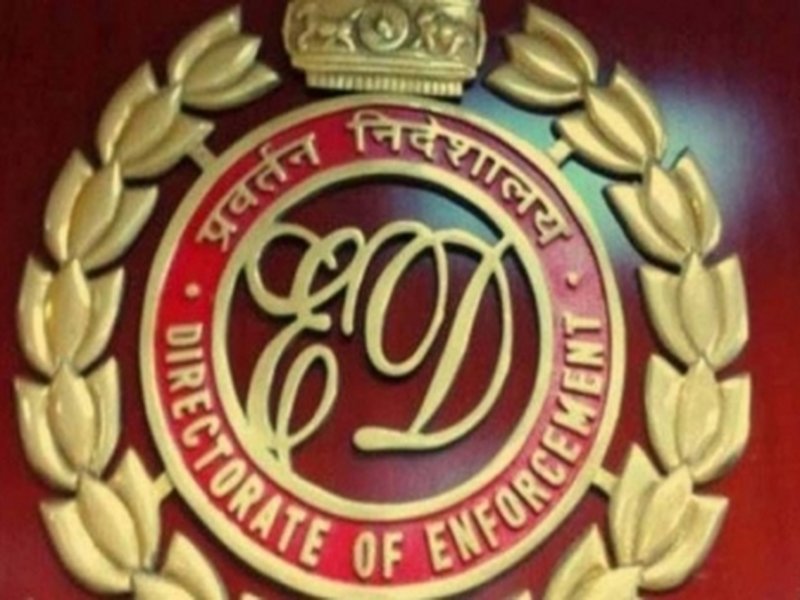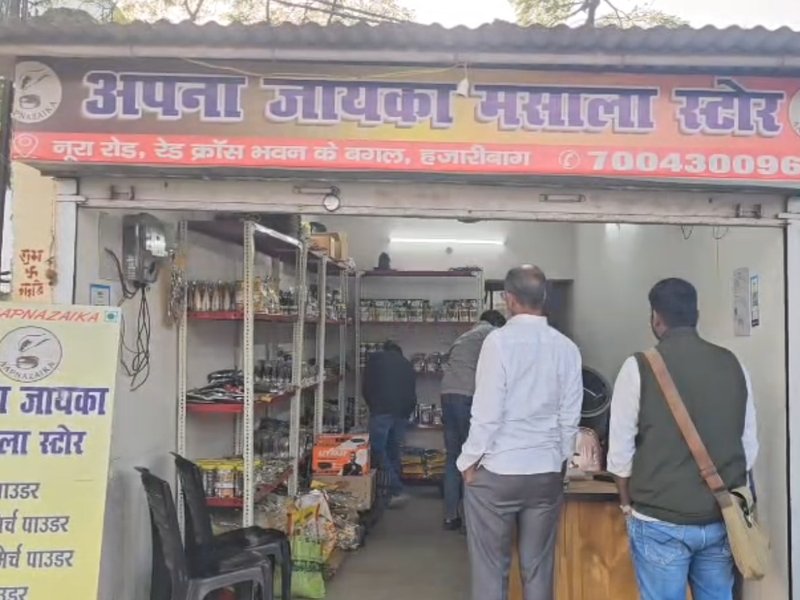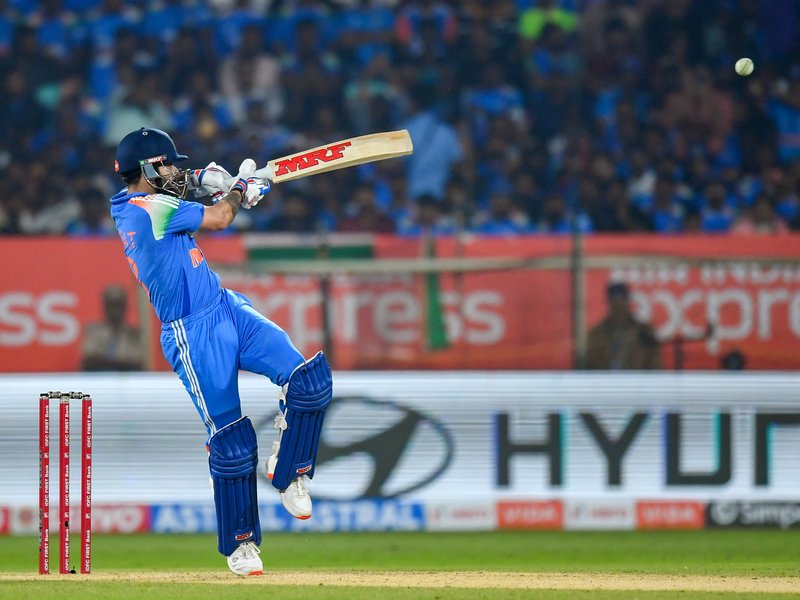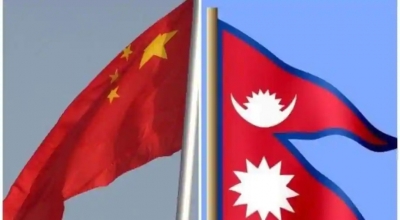New Delhi, April 11 (IANS) Researchers at the Bose Institute, an autonomous research institute under the Department of Science and Technology, showed that the toxicity value of PM2.5 experiences a sudden jump when the pollution reaches around 70 micrograms per cubic metre.
The toxicity standard implies that “policies, strategies and control measures should be taken to keep PM2.5 pollution within this limit of around 70 micrograms per cubic metre, because once the PM2.5 load exceeds this value, the toxicity starts to increase rapidly and goes beyond control,” said the researchers.
PM 2.5, or particulate matter with a diameter of 2.5 micrometres or smaller, is a significant air pollutant posing serious health risks, including respiratory and cardiovascular problems, and is a key indicator of air quality.
The study, led by Prof. Abhijit Chatterjee, focussed on the toxicity of atmospheric aerosols over the atmosphere of Kolkata.
The researchers explored how the degree of the toxicity changes with the increase in total aerosol pollution load and have studied the oxidative potential of ultrafine aerosols (PM2.5) or the potential of forming the reactive oxygen species (ROS) that are introduced to the human lung cells via inhalation of particles.
The enhanced presence of the reactive oxidative species makes the natural antioxidants of human cells incapable of counteracting, leading to oxidative stress in cells.
The study, published in the journal Science of The Total Environment, showed that there is a non-linear relationship between the PM2.5 pollution load and its toxicity (OP).
“Up to the PM2.5 pollution load of around 70 micrograms per cubic metre, the toxicity remains unchanged. With the increase in PM2.5, the OP values show a jump and sudden rise till the PM2.5 pollution reaches around 130 micrograms per cubic metre. With the further increase in PM2.5 load exceeding 130 micrograms per cubic metre, OP values do not change much,” the team explained in the paper.
Further, the researchers found that biomass/solid waste burning is the key source of PM2.5 that is enhancing the toxicity of ultrafine aerosols over Kolkata.
“While the National Clean Air Programme (NCAP) has been effective in reducing and curbing various air pollution sources like road dust, constructional/demolition dust, vehicular exhaust, industrial emissions, etc. However, biomass/solid waste burning could not be kept under good control. The particles emitted from this particular source are accelerating the toxicity,” the researchers said.
NCAP was launched in 2019 by the Ministry of Environment, Forest and Climate Change (MoEFCC) to combat air pollution in the country.
The programme is focused on the reduction of particulate matter by 40 per cent by 2026 with respect to 2017 through strategies and action plans for 131 non-attainment cities (not attaining the National Ambient Air Quality Standard of India) in India for different states. Kolkata has been identified as one of such cities in India.
--IANS
rvt/












